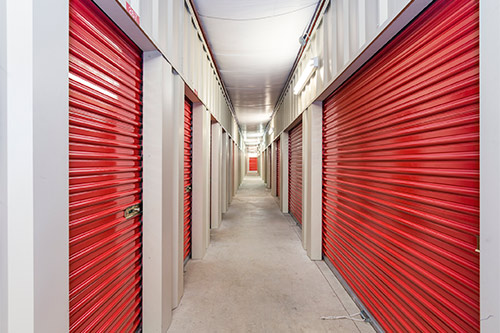4 Items You Should Put in Storage With Care
Using self-storage is an ideal way to manage your belongings while you are moving or remodeling your home. Some items can simply be put in a box or bin and placed in a storage unit, while other belongings require special care to keep them in safe condition during transit and in storage.
Here are four common household items that require special care when you put them in storage. You can buy boxes, bins, and packing supplies from your local mailing store or use items you have at home already to make the packing process easier.
1. Artwork
Artwork is tricky to store; you don’t want items to lean against precious art, tearing or staining it. Nor do you want to expose your art to the elements.
The best way to store art is to take photographs of each art piece before wrapping art in a packing cloth or blanket. After wrapping, attach artwork photos to the blanketed parcel for insurance purposes (to compare current to stored condition of the pieces) and for organization (so you don’t have to unwrap items to see what’s underneath).
Mirrors and photographs can be stored the same way as artwork. Instead of taking photographs of mirrors and framed photographs in storage, number each item and make a detailed description for each in a catalogue for future reference instead.
2. Appliances
Always clean appliances entirely before placing them in storage, especially microwaves, dishwashers, and refrigerators (to prevent mold growth from food debris left inside). Thoroughly dry all appliances, tape cords to the sides of the units to prevent tripping, and place them in a storage unit upright, never on their sides.
3. Glassware/Ceramics
Glassware includes ashtrays, bowls, cups, vases, and any fragile item you have in your home that will be easily broken in transit. Store each glass item individually, wrapping glassware and fragile decor in old socks (ideal for smaller items, such as salt and pepper shakers), newspaper, rags, smaller towels, or even Tshirts.
Place all glassware and ceramic items in a box, and then fill the box with anything that can take up extra space to prevent movement: newspaper, cardboard, packing peanuts, scraps of clothing, or even toilet paper rolls. Shake (gently) each box you are packing before closing it up: if any movement is detected inside, you need more filler.
Make sure glassware and ceramic packing bins and boxes are light enough to lift, and never stack boxes on top of one another to prevent accidental damage while in storage.
4. Special Clothing
Special clothing, such as a silk wedding dress, leather coat, or fur jacket require special storage care. Moisture will damage fur and silk, while excessive heat and dry temperatures will crack and fade leather.
Place all specialty clothing in individual garment bags, and store them on a hanger inside your storage unit. You can install a temporary rod inside your unit, or ask for a unit that has closet space availability. By storing clothes this way, you don’t fold or otherwise change the shape of your clothing.
If storing special garments in a box or bin, wrap clothing in a bag or tissue paper first. Always use a climate-controlled storage unit for specialty clothing – a climate-controlled unit keeps excessive heat and moisture at bay, thus preserving your items in long-term storage.
Self-storage is used for many reasons to keep people’s belongings safe and organized. Our storage units are available in a variety of sizes, and we have climate-controlled units as well to meet your needs. See us at Secure Storage Center today to reserve the storage unit(s) you need.

